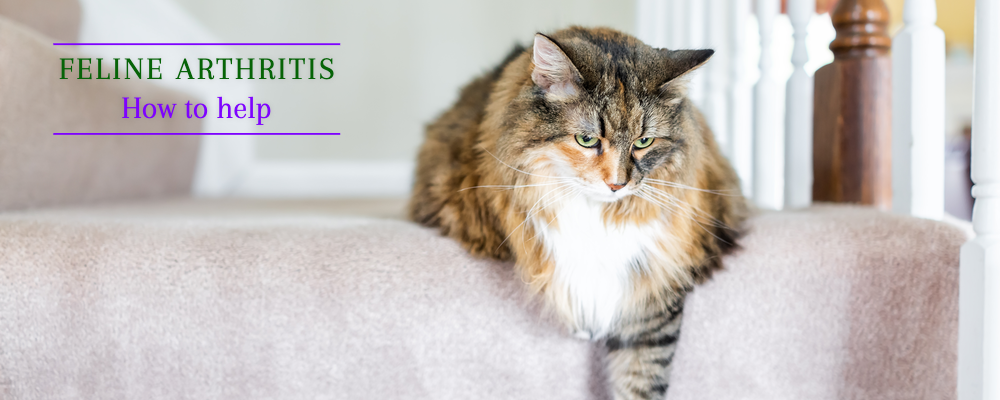Arthritis is a progressive inflammatory and degenerative disease of the joints. It can occur in any joint, including the spine and jaw. Signs of arthritis include painful or stiff joint movement, joint swelling and a grating sensation during joint movement. It affects about 90% of geriatric cats. It is the most common cause of chronic pain.
Causes of arthritis include degeneration from aging, joint instability (hip dysplasia, ruptured cruciate ligaments, luxating patellas), deformities of the skeleton (elbow dysplasia), infection, injury, blood diseases, and immune-mediated diseases. It is worsened by obesity. Polyarthritis is inflammation of several joints at the same time. It is often associated with complex internal diseases.
Radiographs (x-rays) and laboratory tests may be necessary to determine the type and extent of the arthritis. Follow-up examinations during treatment are necessary to evaluate the response to therapy.
Arthritis is usually a controllable rather than a curable disease. Therapy is designed to minimize discomfort and delay or prevent progression of disease. It can be difficult to assess pain because pets do not cry until pain is severe. It is more helpful to evaluate disabilities than pain.
Cats can exhibit many different signs when they have arthritis, and they do not necessarily demonstrate all the same signs all of the time. The most common signs cat owners may notice include:
- Difficulty getting up and down
- Walking stiffly
- Lameness in one or more legs
- Reluctance to go up and/or down stairs
- Reluctance to jump up or down (onto/off furniture)
- Stiff, swollen, or sore joints
- Reluctance to be touched on some parts of the body
- Unexpected aggression towards other cats or towards humans
- Not using the litter box because of difficulty getting in and out of it
There are different ways to manage arthritis such as weight management, adding joint supplements to your cats diet, rehabilitation, medication, and in some cases surgery. However, you also might want to consider:
- Food, water and litter boxes in easily accessible areas free of competition
- Low cut litter boxes that are easy to get in, turn around and get out of
- Ramps and steps
- Raised food and water bowls
- Horizontal scratching post
- Some cats have difficulty walking in deep litter and maybe better with a more shallow fill of litter
With age, pets may slow down and become a little less active, but it is not normal for them to be
lethargic. If your pet is suffering from arthritis or seems to have no energy, please schedule an
appointment with one of our veterinarians so that we can work together to improve their quality of life.
